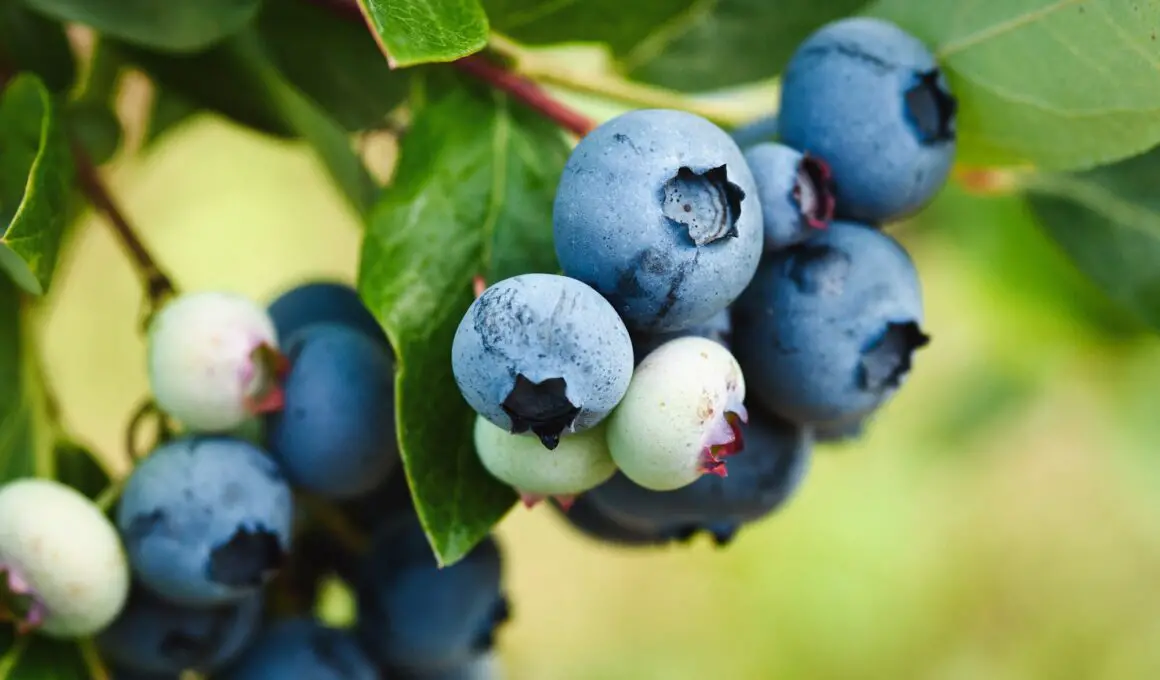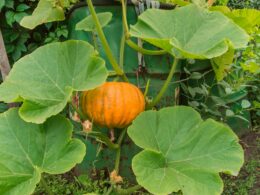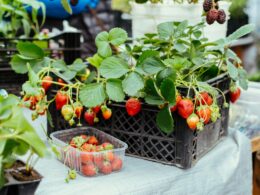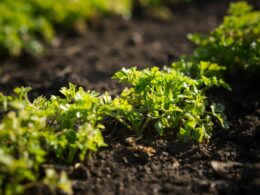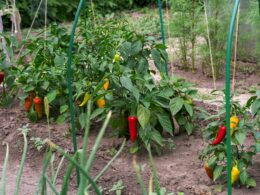In This Article Show
With over 13 years of experience in gardening, I’ve come to appreciate the intricacies of nurturing blueberry plants from seed to harvest. Understanding these stages is not just a matter of curiosity; it’s essential for anyone looking to maximize their harvest, whether you’re a backyard gardener or a commercial farmer.
Blueberries are not only a treat for the taste buds but are packed with vitamins, antioxidants, and health-promoting properties. However, growing blueberries successfully requires more than just planting and waiting. Each stage of growth – from planting and germination to ripening and post-harvest care – plays a critical role in the health of your plants and the quality of your yield.
Whether you’re new to gardening or have a green thumb, this guide is designed to be accessible and informative, helping you to grow healthy blueberry plants with confidence. So, let’s get started on this journey together, and I’ll share with you the insights and tips I’ve gathered through years of hands-on experience and passion for gardening.
Growth Stages & Timelines of Blueberries
Stage 1: Planting & Germination
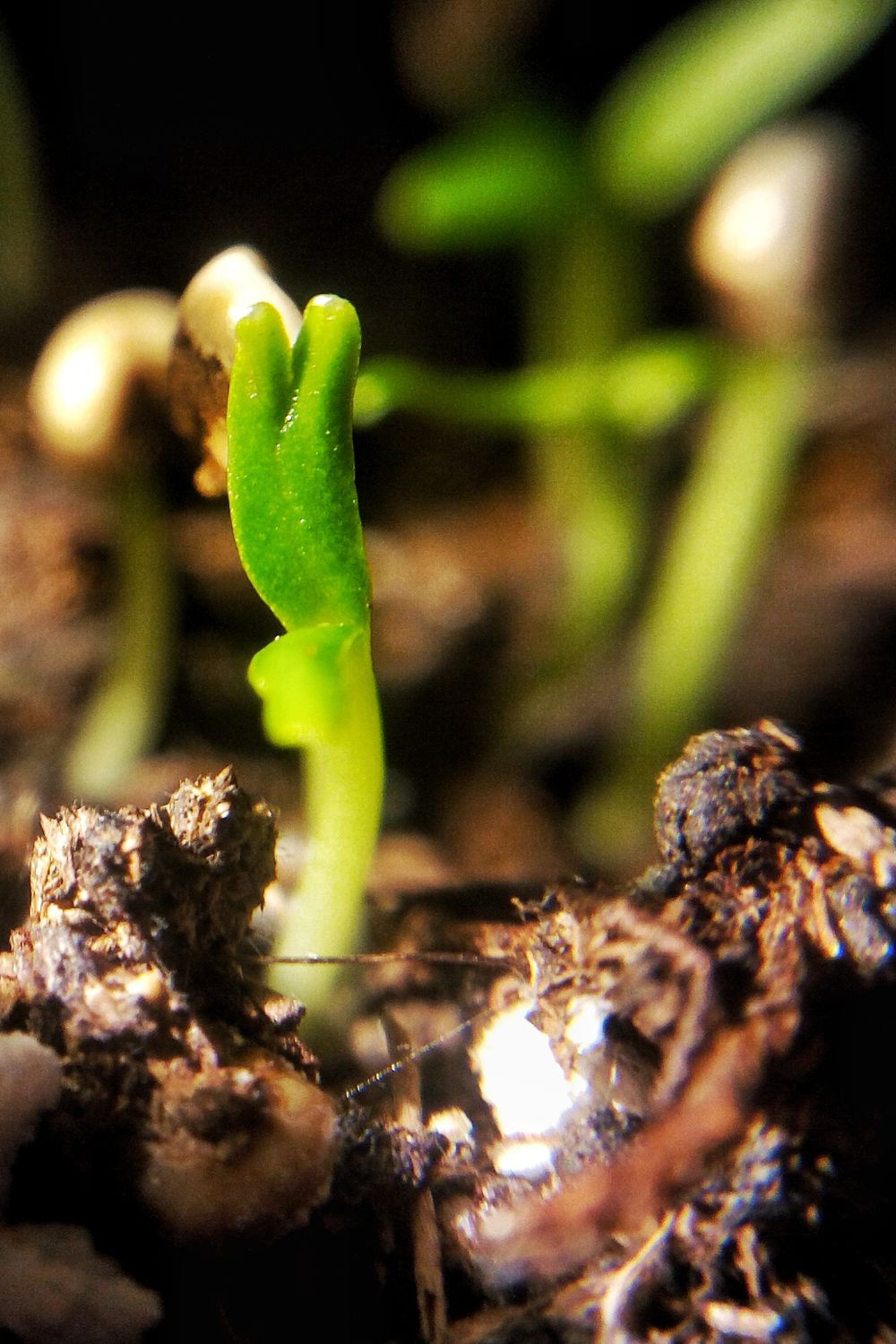
The ideal time to plant blueberries is in the early spring or late fall. This timing allows the plants to establish themselves in moderate temperatures, avoiding the stress of freezing or heat. For those in warmer climates, fall planting is preferred to give the plants ample time to root before the summer heat.
Blueberries thrive in acidic soil with a pH between 4.5 and 5.5. Preparing your soil with peat moss can help achieve this acidity. Additionally, ensure the planting area is well-drained and rich in organic matter. Blueberries have shallow roots, so avoid planting in areas where water stands. Incorporating a layer of mulch can help retain moisture, regulate soil temperature, and suppress weeds.
How Long It Takes for Germination and Early Growth Signs
Get Gardening For Beginners
Our new EBOOK shows newcomers and green thumbs alike a step by step guide to growing the garden of their dreams.
Blueberries typically start from cuttings or seedlings rather than seeds, as germination from seeds can be a long and less reliable process. When starting from seedlings, you’ll see growth signs within the first few weeks of planting. Look for new leaf growth as an early indicator that your blueberry plants are establishing well.
Stage 2: Vegetative Growth
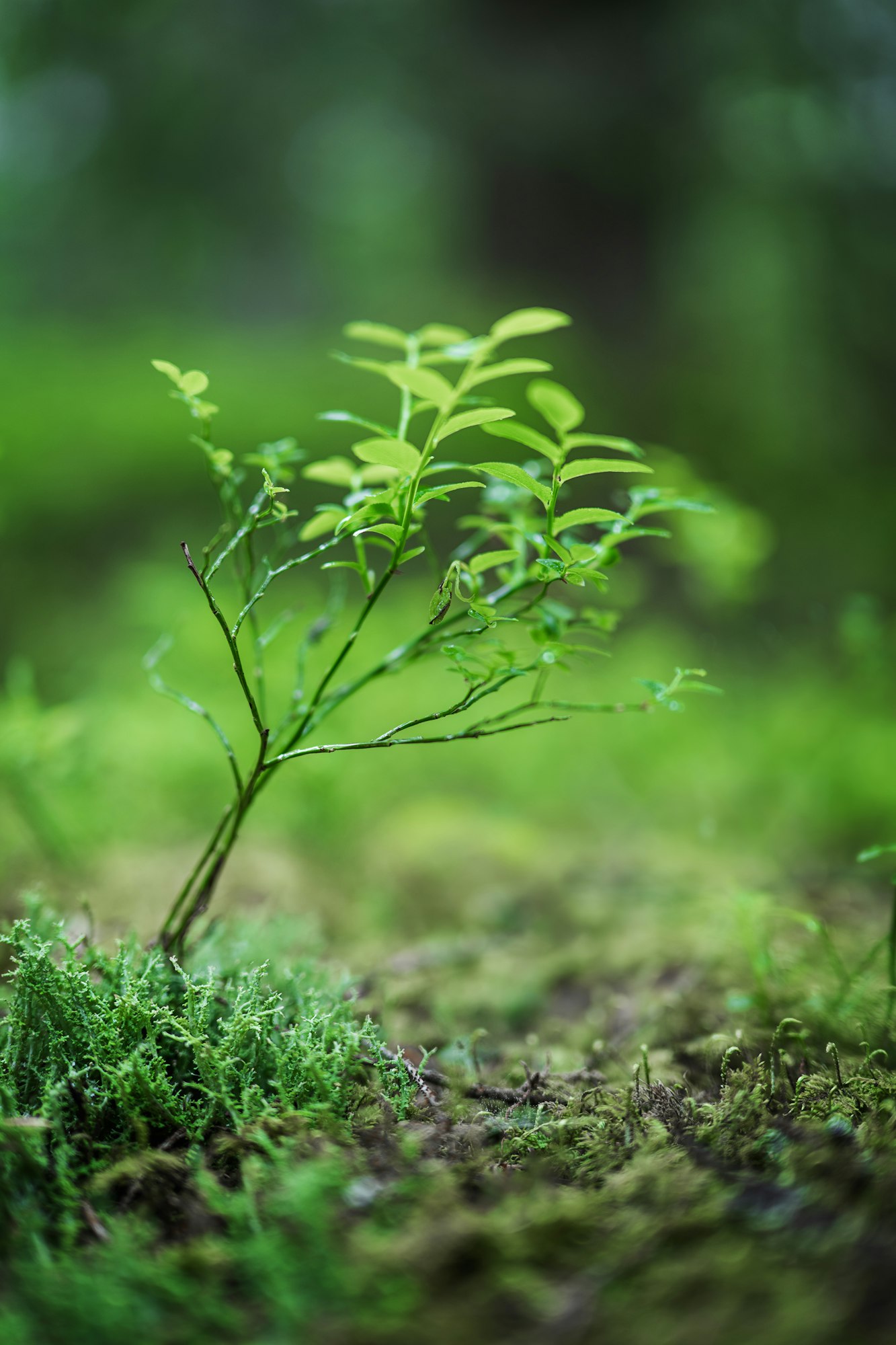
During this stage, the plant focuses on growing leaves and branches. This vegetative growth is crucial for later fruit production as it establishes the plant’s structure and photosynthesis capacity. Key milestones include the emergence of new leaves and the development of strong, supportive branches. You’ll also see the plant increasing in height and spread.
Tips for Nurturing Blueberry Plants During Vegetative Growth
- Ensure regular watering, especially in dry conditions, but avoid waterlogging.
- Fertilize with a product designed for acid-loving plants, following the manufacturer’s instructions to avoid over-fertilization.
- Keep the area around the plants free of weeds.
Stage 3: Flowering
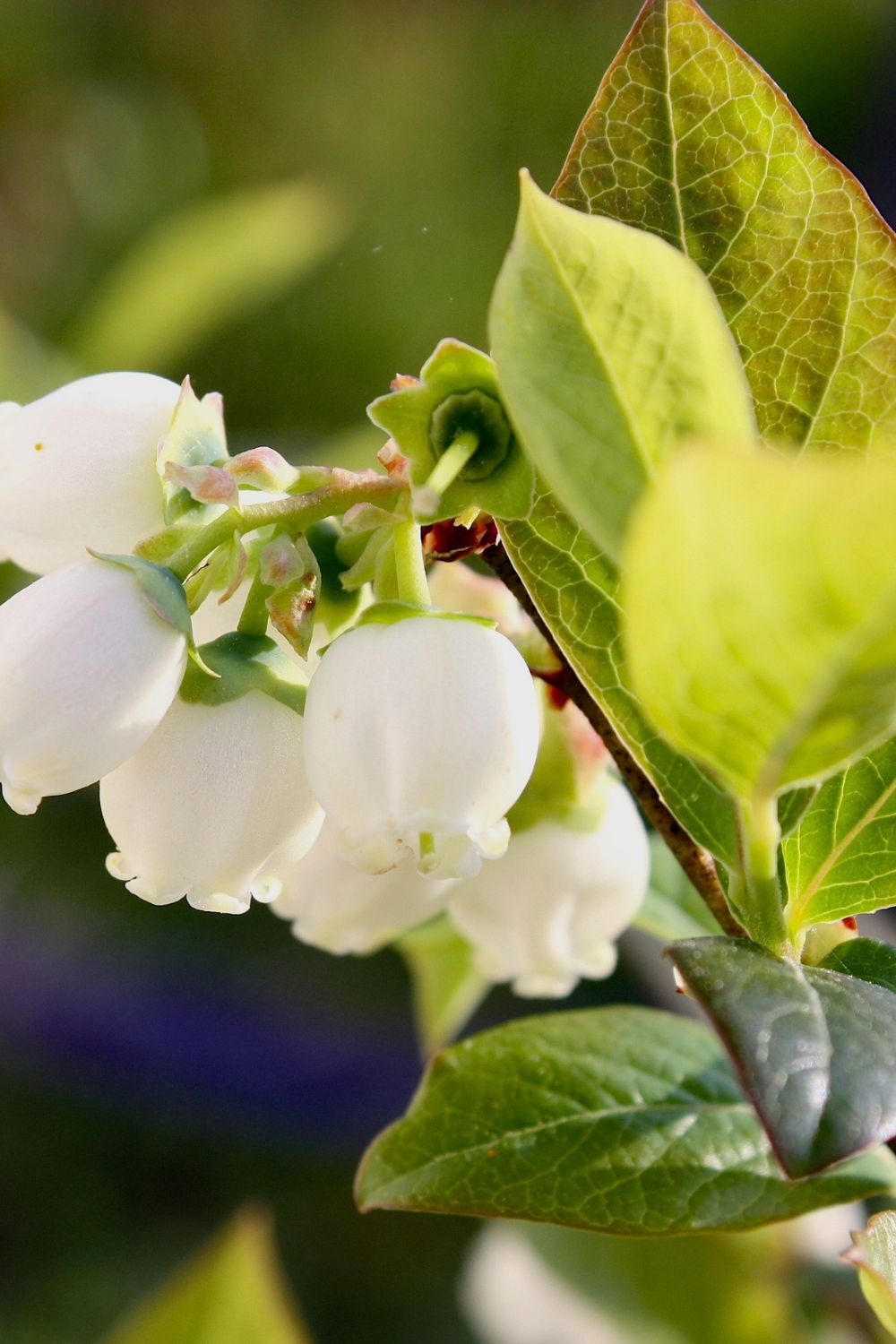
Blueberry plants typically begin to flower in the spring, with the exact timing depending on the variety and your climate. Pollination is critical for fruit production. While some blueberry varieties are self-pollinating, others benefit from cross-pollination. Encouraging bees and other pollinators by planting flowers nearby can increase your yield.
Managing and Encouraging Healthy Flowering
- Avoid pruning during the flowering stage to not disturb the flowers or emerging fruit.
- Provide consistent moisture and consider using a bloom booster fertilizer to support flower development.
Stage 4: Fruit Set and Development
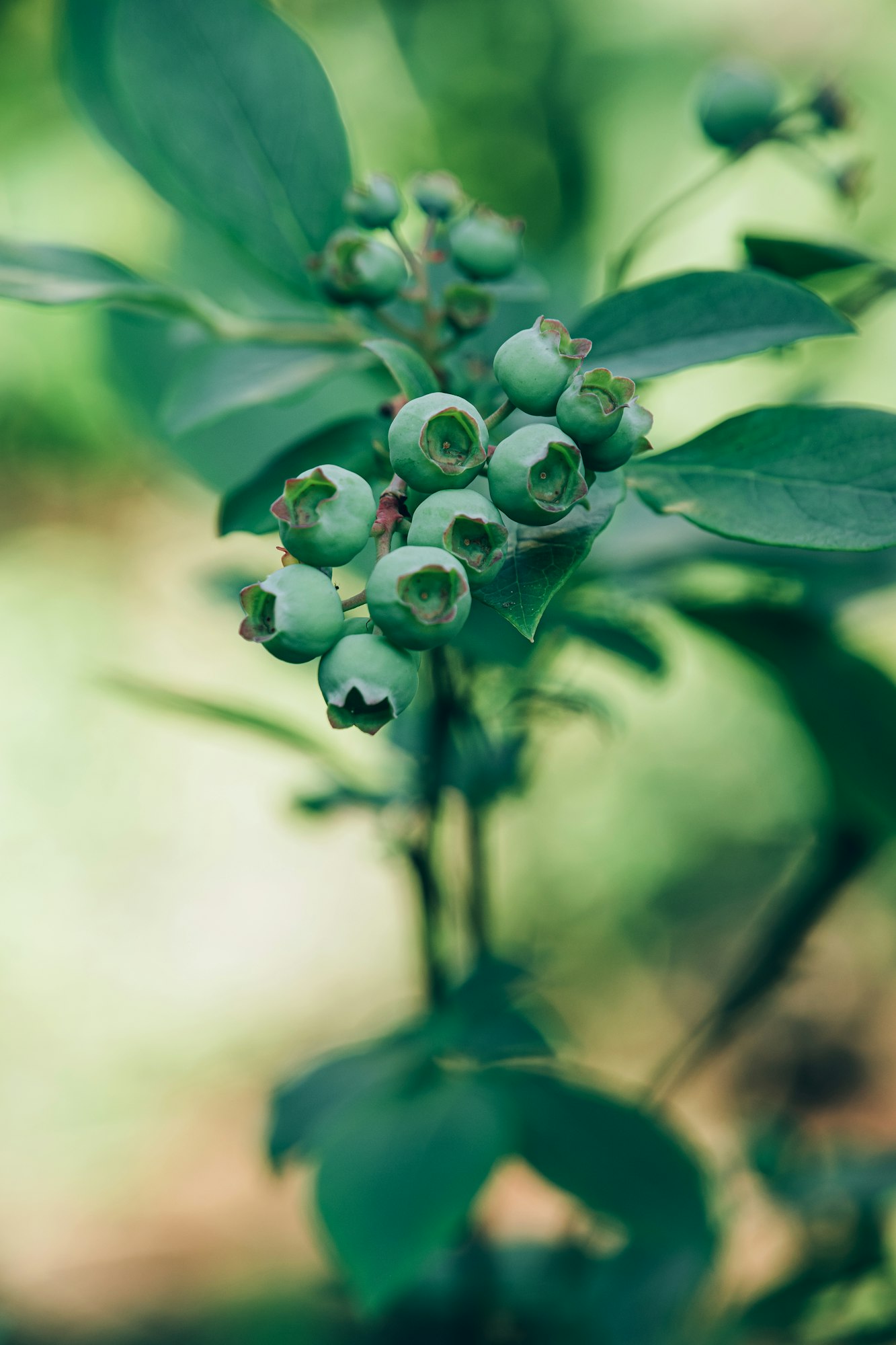
After successful pollination, flowers will give way to small green fruit, marking the beginning of fruit development. Blueberry fruits develop through several stages, starting as small green berries that gradually enlarge and change color, usually passing through a pink phase before reaching their final hue (blue, purple, or even black).
Nutrient and Water Requirements for Optimal Fruit Development
Get Gardening For Beginners
Our new EBOOK shows newcomers and green thumbs alike a step by step guide to growing the garden of their dreams.
- Continue regular watering, as consistent moisture is crucial during fruit development.
- Apply a balanced fertilizer to support growth but cease fertilization by late summer to prepare the plants for dormancy.
Stage 5: Ripening
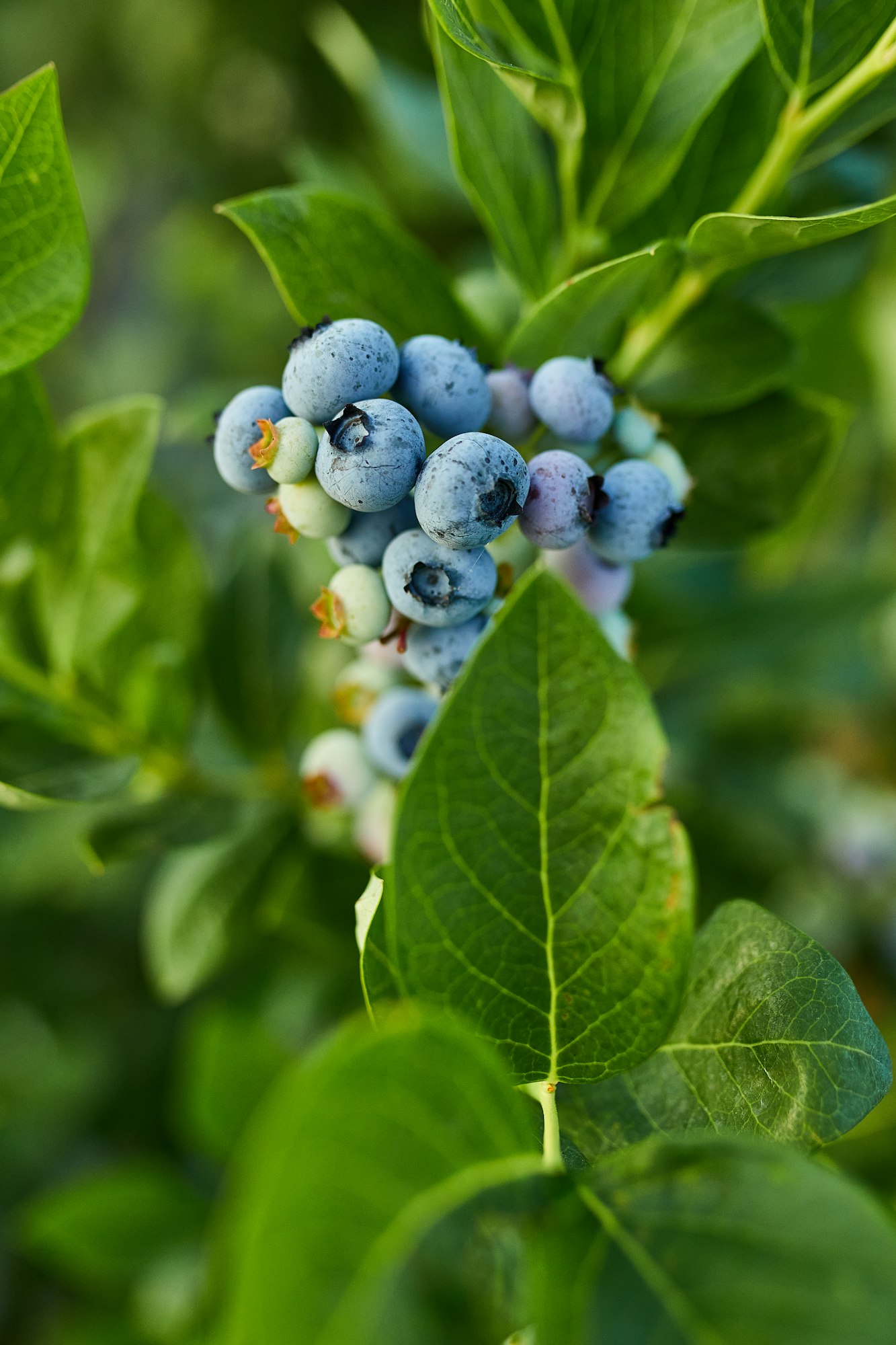
Ripe blueberries are fully colored and easily detach from the bush with a gentle tug. They should be plump and sweet to the taste. The timeline varies by variety but generally ranges from 2 to 3 months after flowering.
Harvesting Tips for Peak Flavor and Nutrition
- Harvest in the morning when temperatures are cooler.
- Store harvested berries in a cool place immediately to preserve freshness.
Stage 6: Post-Harvest and Dormancy
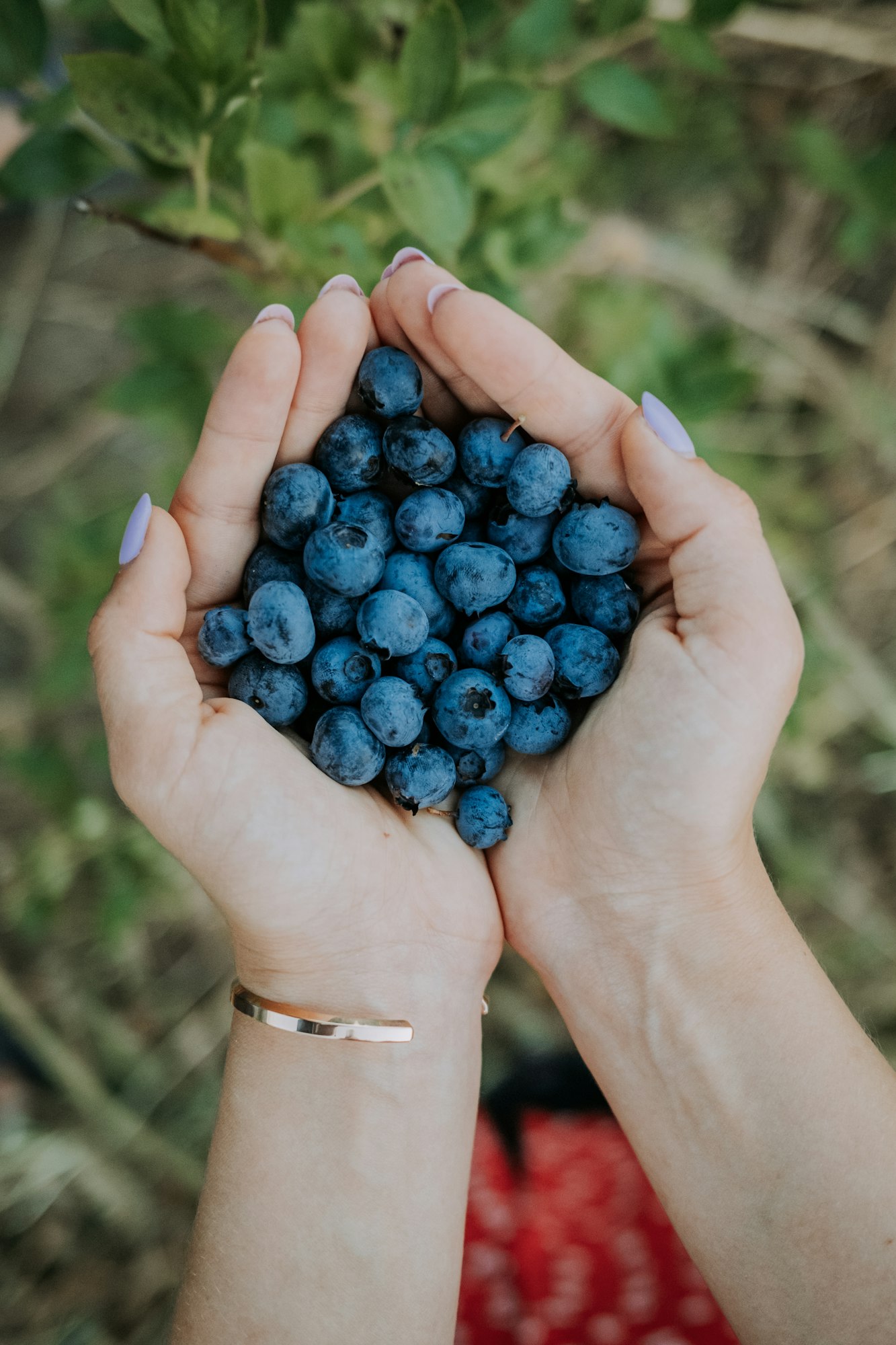
After harvesting, it’s a good time to prune any dead or weak branches to encourage growth next season. Reduce watering to help the plants harden off for winter. Apply a layer of mulch to protect the roots from freezing temperatures.
Winter Care and Maintenance for Perennial Health
Inspect plants for any signs of disease or pest issues and address them before the plants go dormant. In very cold climates, consider additional winter protection methods like burlap wraps.
By understanding and attending to the needs of blueberry plants at each stage of growth, you can enjoy abundant harvests of this delicious and nutritious fruit for years to come.





